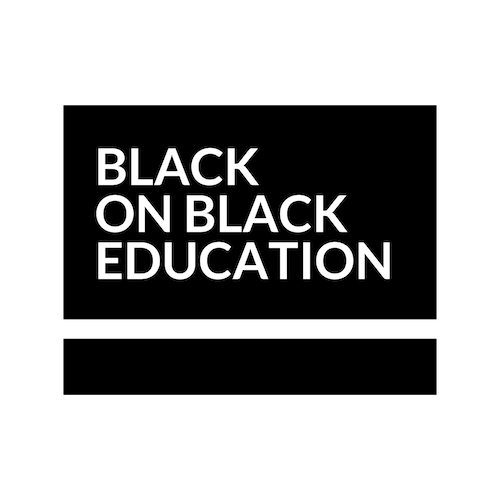Student-Led Conferences: Empowering Students to Take Ownership of their Learning
Want to see your students take accountability for the work they have submitted, reflect on their learning and effort in their classes, AND create goals on how they will move forward in their education?
Then you might want to start holding student-led conferences instead of parent-teacher conferences!
Before we dig right in, welcome to the second to last blog post in the Shhh It's Time to Listen Back to Basics series. Over the course of the last seven weeks, I've been intentional about supporting you in becoming student-centered educators because I truly and deeply believe in the power of these practices, and I want to see young people. Get the best possible education because they deserve it.
So, What even is a Student-Led Conference (SLC)?
A student-led conference is one where students take an active and central role in presenting, discussing, and reflecting on their own learning progress, achievements, and goals with their teacher, advisor, and/or parent or guardian.
SLCs are an additional way to continue making the shift from a focus on traditional teacher-centered approaches to more student-centered methods.
In a traditional parent-teacher conference, the teacher is typically the main communicator of the student's performance and areas of improvement. But, in an SLC, the student leads the conversation, sharing insights into their academic journey, showcasing their work, and engaging in discussions with parents, guardians, or teachers about their learning experiences.
Schools and individual educators should be moving toward student-led conferences because they push students to
Take ownership
Reflect
Set Goals
Practice their Communication Skills
Support parent and guardian involvement
Celebrate big and small wins
When students participate in an SLC, we are asking them to take ownership of their education by sharing their accomplishments, challenges, and growth. We are also pushing students to reflect on their learning journey by analyzing their progress, discussing their efforts, and evaluating their work. These meetings are used to set both academic and personal goals and push students as the facilitator of these conferences, and students develop essential communication and presentation skills as they articulate their thoughts, express ideas, and engage in meaningful conversations about their learning while supporting building the relationship between the teacher and advisor and the parents/guardians. Last but certainly not least, no matter how the child is doing academically or behaviorally, there is ALWAYS a reason to celebrate students' big or small wins on their growth, effort, and achievements.
Student-Led Conferences promote a student-centered approach to education, fostering skills such as critical thinking, communication, self-awareness, and responsibility.
Implementing Student-Led Conferences effectively requires careful preparation and support from educators. Here are some strategies that you can use to help your students confidently lead their own conferences:
Explicitly Explain the Purpose: Start by clearly explaining the purpose and benefits of Student-Led Conferences to students. Discuss how these conferences give them the opportunity to showcase their progress, reflect on their learning journey, and set goals for improvement.
Set Clear Expectations: Provide students with clear guidelines and expectations for what they should discuss during the conference. Outline the topics they should cover, such as academic achievements, strengths, challenges, and goals. This clarity helps students focus their thoughts and presentations.
Teach Self-Assessment Skills: Help students develop the ability to self-assess their work. Guide them in analyzing their strengths and areas for improvement using rubrics, exemplars, and specific criteria. This skill is vital for students to reflect on their progress accurately.
Practice Presentation Skills: Devote classroom time to practice presentation skills, including eye contact, body language, and clear articulation. Provide opportunities for students to rehearse their conference presentations individually and with peers.
Reflective Activities: Incorporate reflective activities into the curriculum. Regularly ask students to evaluate their own learning experiences, challenges they've overcome, and strategies they've used to succeed. This practice encourages self-awareness and thoughtful self-assessment.
Goal Setting: Guide students in setting achievable goals based on their self-assessment. Help them create specific, measurable, achievable, relevant, and time-bound (SMART) goals that they can discuss during the conference.
Rehearsal Sessions: Conduct mock conferences with students to simulate the actual experience. Offer feedback on their presentation style, content, and overall organization.
Student-Led Conferences are more than just a departure from traditional parent-teacher conferences; they represent a fundamental shift in education toward student-centered learning. By empowering students to take ownership of their education, these conferences foster skills that extend far beyond the classroom. From improved communication and critical thinking abilities to increased self-confidence and meaningful relationships, SLCs provide a powerful tool for nurturing well-rounded, self-directed learners as educators and parents. Embracing this approach can lead to a brighter future where students are equipped with the skills and mindset needed to thrive in an ever-evolving world.

